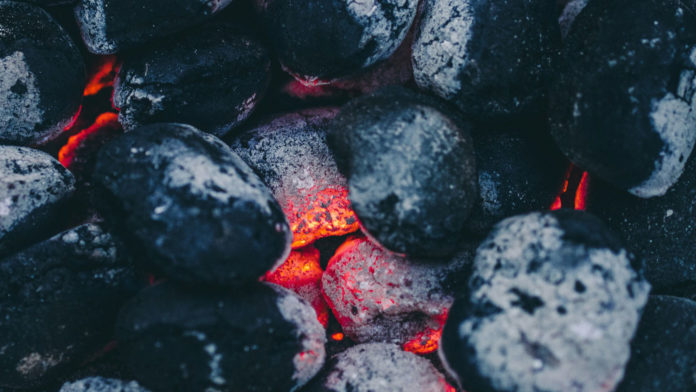Everywhere we’ve ever drilled for oil has a soil contamination problem.
These sites contain coal tar, oil sludge and other forms of industrial pollution, but many are left untreated or abandoned because there just aren’t a lot of viable solutions. Remediation is expensive and energy-intensive, and many approaches simply take dirty soil and move it into containment.
Jason Gerhard, professor of civil and environmental engineering at Western University and winner of the 2018 NSERC Prize, is taking a completely different approach that uses the contamination itself as a fuel for self-destruction.
The process is a bit like bringing charcoal briquettes in a barbecue to a glowing red. This state is called smouldering: a slow, low-temperature, and flameless type of burning.
Coal tar can be brought to a smoulder for soil remediation by injecting hot air into the contaminated site using a special heater in an underground well. Once smouldering hits a critical mass, the heater can be shut off to save energy, and the contaminated soil sustains the process.
Smouldering spreads from the ignition point outwards, before burning out in a few months. Treatment is rapid, with the destructive front advancing about a meter each day. After treatment, 99% of all contaminants are destroyed, leaving clean soil in its place. The solution is low-cost, low-energy, and eliminates toxic waste.
Gerhard is working partners at Savron, a division of Geosyntec Consultants International Inc., to treat contaminated sites around the world, including Canada, the United States, Taiwan, Indonesia, China, Kuwait, Brazil, and the Philippines.
The team also hopes to expand the same technology to include other industries, like pulp and paper and wastewater treatment.
By restoring contaminated sites to a clean state instead of moving dirty soil around, this approach provides a permanent solution to soil contamination.








































